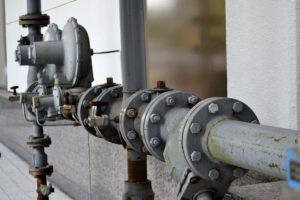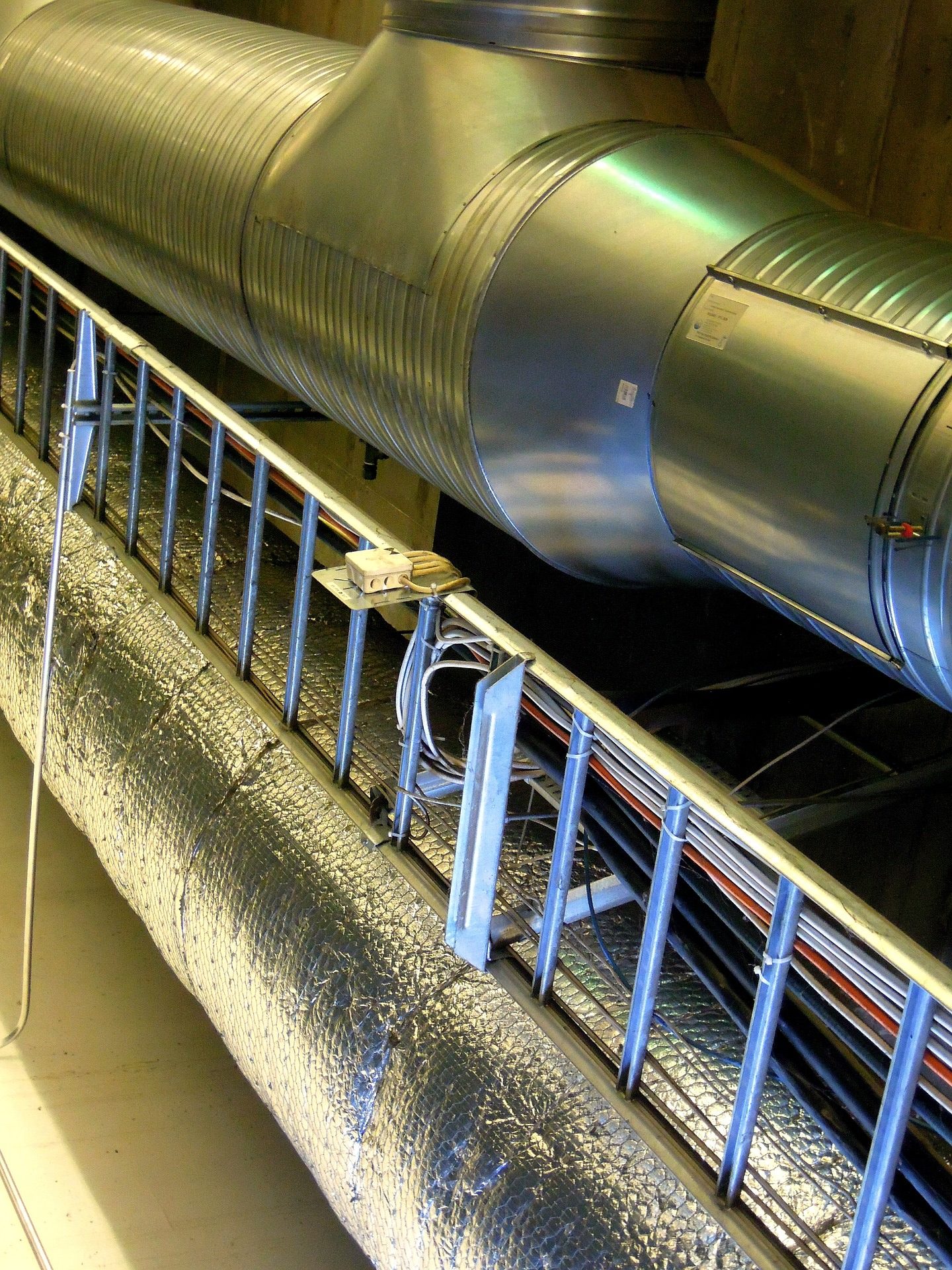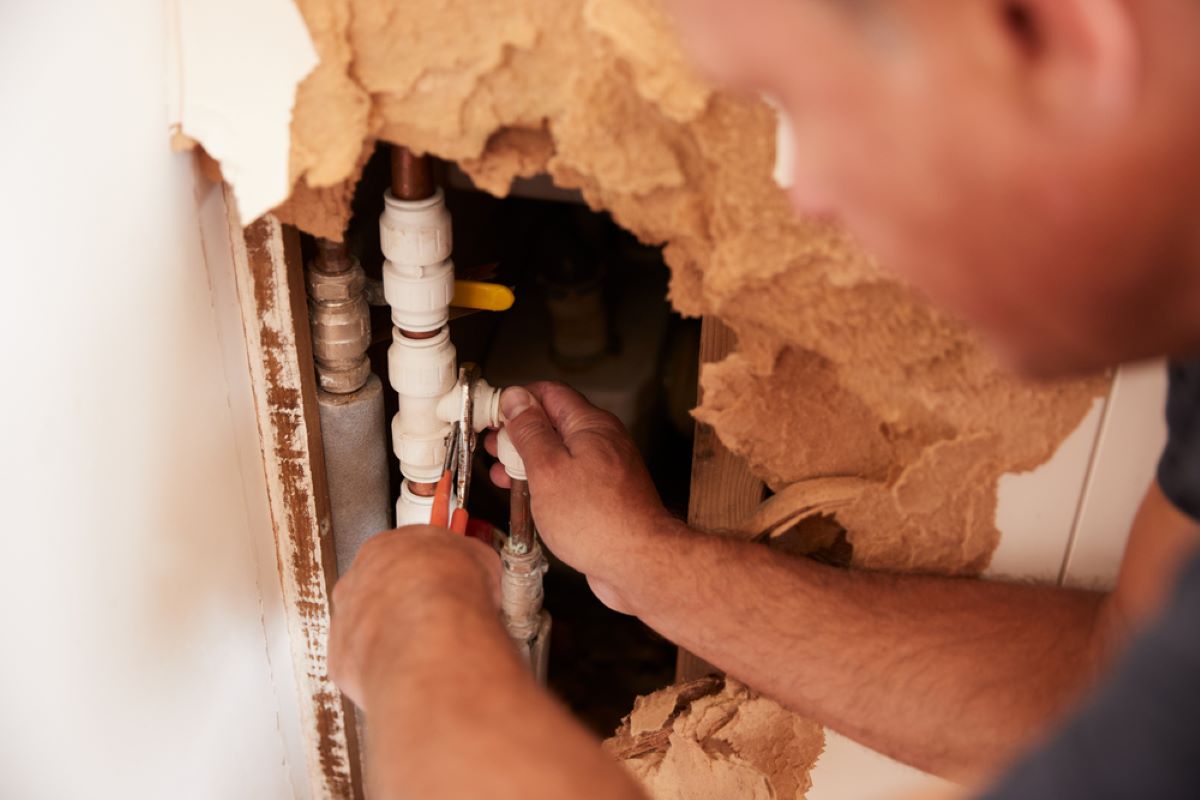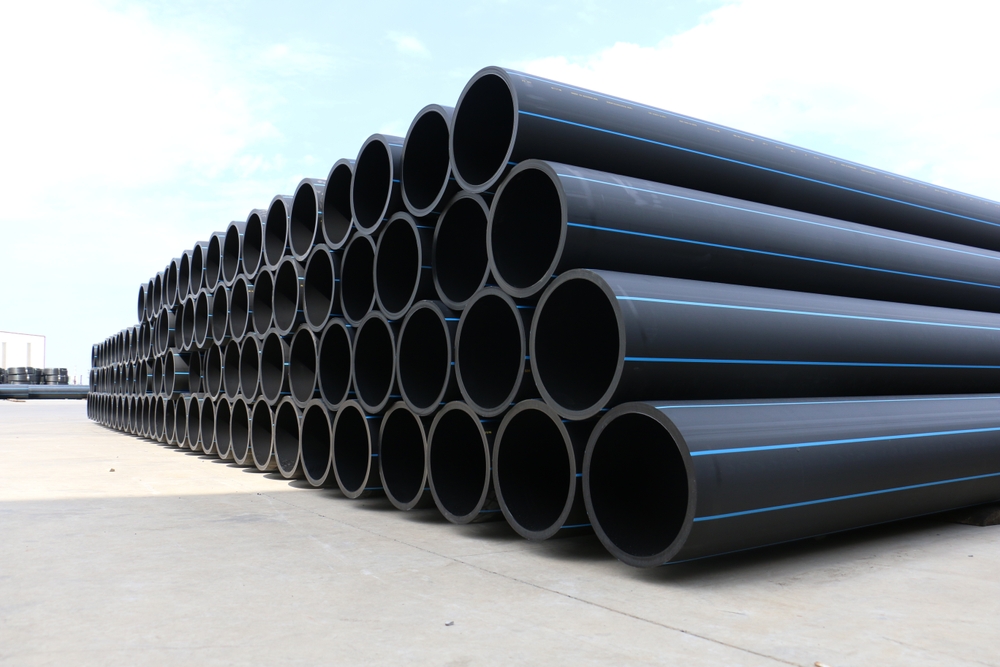ID pipe coating is a cost-effective and feasible coating agent to maintain pipeline integrity. This treatment provides a continuous layer of protection to the pipeline that helps preserve pipelines from the harmful effects of corrosion. Internally, fusion bonded epoxy is used as a coating. It has low friction resistance, which raises the “C” value and prevents crusting.
As a matter of fact, ID Pipe coating has been among the most reliable anticorrosive technologies companies are currently using. ID pipe coating is the best internal corrosion solution.
What Is The Importance Of Pipe ID Coating?
Synthetic coverings are the most effective way to protect a wide range of surfaces. They keep rust at bay. Another concern that frequently appears in industrial applications is rust or other corrosive residues. Materials are hard enough to uses to make machinery and are also subject to wear over time.
Paint is a type of anticorrosion that is applying passively. To further protect the pipe, a durable top layer is apply using a chemical method. It can be used as a liquid, gas or solid.
Uses Of ID Pipe Coating
The ID coating has been used in the following applications:
- In the fields of general water applications
- ID coatings are also helpful to improve gas flow through pipelines by generating a smooth, flawless surface – which greatly enhances the gas flow through the pipeline.
- As an insulator over electrically heating pipes, this reduces pipe maintenance and facilitates pipeline inspection.
Types Of Pipeline Coating

Coating the inner tube improves the corrosion resistance of the tubes, improves flow, and helps reduce the development of deposits. Pipe inner coatings come in a variety of shapes, including Fusion Bond Epoxy (FBE), gas field, and glass topcoats.
Natural Gas Pipeline
Epoxy sealants, liquid epoxy sealants, and phenolic epoxy coatings are the most common interior coating technologies for natural gas pipelines. However, when urethane resin coating is processing, it has low volume shrinkage, low thermal expansion coefficient, and high resistance to heat and pressure. Furthermore, it can be used in high-pressure gas pipelines.
FBE Pipeline Internal Coating
As a matter of fact, Fusion Bonded Epoxy Coating (FBE) is a high-performance coating made of anti-corrosion powder for normal working temperatures. Usually, readings up to 80 ° C are suitable for this coating.
FBE Pipeline Coating Application
Before cleaning the explosion, a visual inspection is required to check the presence of oil to prevent it. To get rid of rust, corrosion, or any other unwanted particles, the entire surface of the tube should be cleaned by blast cleaning.
However, this provides a solid surface. This type of coating requires a roughness value of 50 to 100 microns. After cleaning, the tubes in the centre of the tubes were coated with a spray gun. This helps spread the layer over the heating tube at a constant rate.
However, the tube rotates in its longitudinal direction indefinitely. When the powder comes in contact with the hot surface it melts and turns into a liquid. The wet FBE coating spreads all over the surface of the tube and soon hardens. This is a fusion splicing procedure.
FBE coating benefits
- This coating is corrosion-resistant.
- It is chemically resistant to soil and has good impact resistance.
- This coating can withstand higher temperatures.
- It is ideal for a wide range of thicknesses.
- Can be used on pipes with diameters ranging from 2″ to 48″.
FBE coating limitations
- It has an intricate design
- Hard to get application tools
- The maximum life of pipes with FBE coating is 12 years, and the maximum construction time of the plant is 25 years. It is necessary to replace the tubes only once
Interior Glass Coating
According to PCS – 8 for SP-1246, it is also specified as a Chemflake / Belzona coating. Usually, this type of coating is suitable for operating temperatures up to 93 ° C. The peel-off paint model is suitable for large pipe diameters. To join semi-tubular bobbins, this is usually done in a flange tube bobbin.
Interior Glass Coating application
The following are the procedures for implementing or using the approved model foil coating:
- Brush: Suitable for stripping and painting small areas. To reach the desired dry film thickness, proceed with caution.
- Secondly, cleaning is carry out using a blast cleaning process, maintaining an approximate value of 75 to 130 microns.
- Curing time: One coat takes about 24 hours to dry completely.
- Spraying is carrying out using ordinary spray equipment.
Benefits of interior glass coating
- This coating provides excellent paint retention.
- It improves the whole inspection of the inner tube surface.
- Reduces surface area, improves pipeline flow characteristics, and reduces line operating costs.
- Low permeability
- The excellent adhesion strength and weather resistance
- It is highly resistant to chemicals and solvents
- Before installation, it protects the clean surface.
- Removes sulfites and dirt that can interfere with slimming processes if they become loose during service.
Pipeline Operation
When a new hydrocarbon plant is set up, the processing pipeline is very complex, with different media and temperatures. The metallic silicon and zinc coating is generally used as a general pro- and anti-scaling coating.
The dry film of something like an organic silicon primer contains 80 percent zinc powder and can withstand temperatures of up to 400 degrees Celsius. Dry coating thickness is almost 50-75 m.
Which should not be too thick, or the paint film will crack due to the impact of the pipeline’s cold wall. The design of an industrial pipeline coating system must take into account the working temperature limit, the tolerance between insulation and non-insulating, and material/substrate.
However, the primary purpose of insulation is to prevent energy dissipation. The corresponding coating system for the outside of non-insulation tubes under 120°C is epoxy/inorganic tin silica + alkyl epoxy coating + polyurethane topcoat.
Epoxy glue and polyurethane coating can use up to 120°C. Acrylic silicone or epoxy coating can apply at 120-230°C. Inorganic aluminium silicate uses at temperatures from 200 to 400 ° C.
Moreover, the aluminium organ silicon coating is the preferred choice for temperatures ranging from 400 to 600°C. To avoid galvanic corrosion, do not use zinc or aluminium plating on the corrosion-resistant surface.
Conclusion
Pipeline coating is a cost-effective and feasible way to maintain pipeline integrity. ID pipe coating is launch about half a century ago as a more cost-effective, high-performance alternative. Moreover, there are so many other choices of pipeline that we’ve discussed in this content just to give you an idea of how ID pipeline coating differs from other types of coating.





